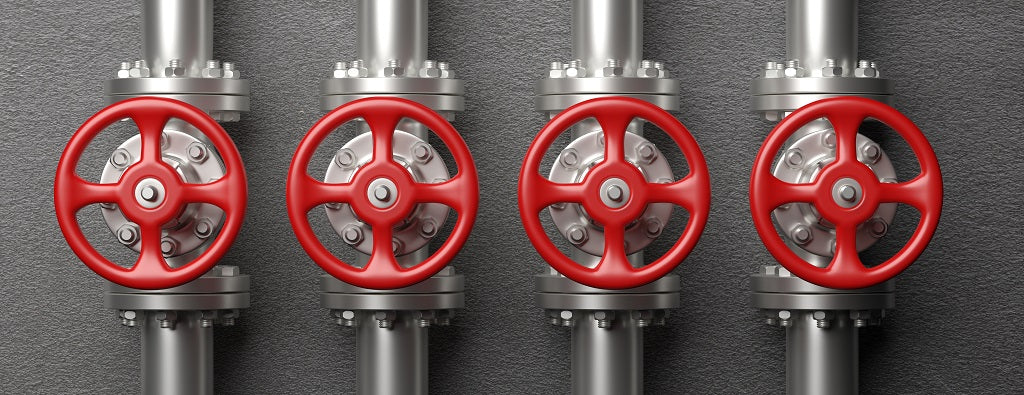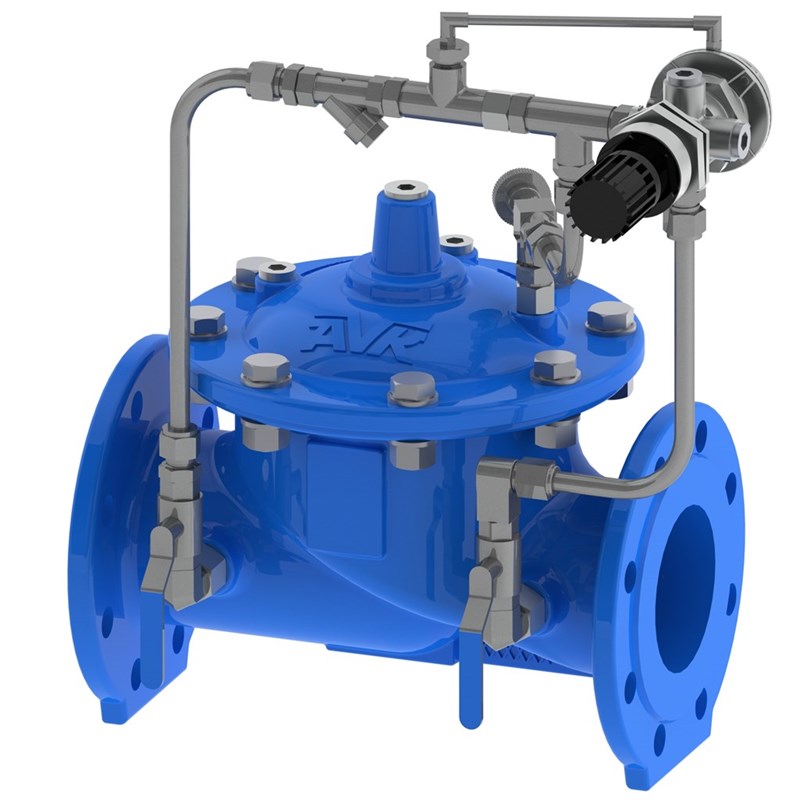Comprehending the Value of Control Valves in Process Automation
Comprehending the Value of Control Valves in Process Automation
Blog Article
Achieve Seamless Assimilation and Control With Top Quality Structure Automation Controls
In the world of contemporary structure administration, the importance of quality structure automation controls can not be overemphasized. Accepting high quality structure automation controls is not just a matter of ease but a critical crucial for companies intending to optimize their facilities' performance and sustainability.

Development of Building Automation Controls
Throughout the previous few years, the development of building automation controls has actually substantially transformed the means structures are handled and operated. At first, developing automation systems mainly concentrated on fundamental features such as managing air flow, home heating, and air conditioning (COOLING AND HEATING) systems. As technology advanced, these controls have ended up being more innovative, enabling for a broader range of structure systems to be incorporated and taken care of centrally.
The evolution of developing automation controls has actually seen a shift in the direction of more smart systems that can adjust to altering conditions in real-time. This flexibility is vital for enhancing energy efficiency and making certain occupant comfort. Additionally, contemporary building automation controls now use features such as anticipating maintenance, remote tracking, and information analytics, enabling center managers to make data-driven decisions to improve building efficiency.

Benefits of Top Quality Combination
The improvement in building automation manages in the direction of more smart systems has underscored the significant benefits of top quality integration in enhancing structure procedures and enhancing overall performance. This centralized control additionally offers far better presence and insights right into building efficiency, making it possible for proactive maintenance and optimization techniques. In general, the advantages of quality integration in building automation controls are indisputable, offering enhanced effectiveness, comfort, and functional effectiveness.
Improved Individual Experience and Access
Enhancing user interaction with building automation regulates through intuitive design and enhanced ease of access raises the overall experience for residents and facility managers alike. By concentrating on individual experience, constructing automation systems can end up being more efficient and easy to use. Intuitive user interfaces, clear navigating, and adjustable setups encourage customers to engage with the controls quickly and efficiently.
Accessibility features play an important function in guaranteeing visit that all individuals, consisting of those with specials needs, can use the building automation controls easily. Integrating attributes such as voice commands, tactile switches, and color-contrasted display screens can improve ease of access and make the controls more comprehensive.
Additionally, boosted individual experience brings about greater customer satisfaction, raised efficiency, and far better decision-making. Occupants can change ecological setups according to their choices, while center supervisors can effectively monitor and manage building systems - control valves. In general, focusing on user experience and access in building automation manages adds to a much more smooth and efficient building setting for all stakeholders involved
Lasting Practices Through Automation

In addition, automation can assist in the assimilation of renewable energy sources such as solar panels or wind generators right into building procedures. Via automation, buildings can line up with modern-day sustainability objectives and add to a greener future.
Future Trends in Building Control Solution
One noticeable pattern forming the future of structure control systems is the raised combination of Artificial Intelligence (AI) and equipment understanding. Furthermore, the Web of Things (IoT) is revolutionizing structure control systems by attaching home tools and sensors to enhance and simplify procedures efficiency.
One more essential fad is the emphasis on cybersecurity procedures to protect against possible threats to developing automation systems. As structures end up being extra interconnected, ensuring durable cybersecurity procedures will be necessary to secure delicate information and avoid unapproved access.
Additionally, the change in the direction of cloud-based systems is acquiring energy, permitting streamlined control and remote accessibility to structure systems. This helps with much easier surveillance, maintenance, and updates, improving the total performance and versatility of structure control systems. As innovation proceeds to advancement, these fads are expected to form the future landscape of building automation controls, driving development and like this sustainability in the constructed environment.
Conclusion
Future patterns in structure control systems are most likely to focus on additional boosting automation abilities for boosted energy efficiency and general efficiency. It is important for building proprietors and operators to focus on the fostering of quality building automation manages to enhance structure procedures and attain long-lasting sustainability goals.
In the world of contemporary structure management, the importance of quality building automation controls can not be overemphasized. Generally, the advancement of structure automation manages continues to drive technology in the building management industry, supplying brand-new opportunities for creating smarter and more lasting buildings.
The development in building automation manages in the direction of even more intelligent systems has actually highlighted the substantial benefits of high quality integration in enhancing structure operations and improving total effectiveness. Overall, focusing on individual experience and ease of access in structure automation manages contributes to a more smooth and effective structure atmosphere for all stakeholders entailed.
It is necessary for structure proprietors and drivers to focus on the adoption of high quality building automation manages to maximize building operations and attain long-lasting sustainability objectives. - control valves
Report this page